The new iPhone 14, 14 Plus, 14 Pro, and 14 Pro Max all come with great, never-before-seen-on-iPhone features, including the A16 Bionic chip, Bluetooth 5.3, precision dual-frequency GPS, and dual ambient light sensors. But that's only a few new features exclusive to the 2022 lineup.
Apple's iPhone Pro models always outdo their standard counterparts when it comes to exclusive features, but that doesn't mean you shouldn't consider the 14 and 14 Plus if you're in the market for a new smartphone. All four have better technology than their predecessors, but are the Pro-only features worth the extra money? If you were wondering which iPhone 14 model to buy, keep reading to see what you get.
1. Always-on Display (Pro Models Only)
Now that iOS has a highly customizable lock screen with lots of information, an always-on display makes sense, and the iPhone 14 Pro and 14 Pro Max have one. At a glance, you can see the date, time, widgets, wallpaper, and Live Activities without raising your iPhone or tapping its display.
Most iPhone models can only get down to 20 Hz for the display refresh rate, and the iPhone 13 Pro models can go down to 10 Hz. The lower the Hz, the more power you save, and the iPhone 14 Pro models can get down to just 1 Hz on the lock screen in Low Power Mode, thanks to multiple coprocessors in the A16 Bionic chip. Apple also improved its LTPO (low-temperature polycrystalline oxide) display technology, allowing the display to dim the entire lock screen intelligently.
These and other power-efficient technologies help make always-on display possible.

Apple

Apple

Apple

Apple
2. 48 Megapixel Photos (Pro Models Only)
The two new iPhone 14 Pro models have a main camera with 48 megapixels. Since the iPhone 6S, every iPhone's main camera was 12 megapixels, four times less than the 14 Pro series. The new main camera also has the first-ever quad-pixel sensor on an iPhone, which adapts to the type of photo you're trying to take. While most pictures will still be 12 megapixels, you'll get the full 48 when shooting with ProRaw.
For most photos, the quad-pixel sensor combines every four pixels into one large quad pixel equivalent to 2.44 µm, resulting in amazing low-light capture and keeping photo size at a practical 12MP. The quad-pixel sensor also enables a 2x Telephoto option that uses the middle 12 megapixels of the sensor for full-resolution photos and 4K videos with no digital zoom. This delivers optical quality at a familiar focal length, which is great for features like Portrait mode.
3. Real-Time Info Over Other Apps (Pro Models Only)
Also exclusive to the iPhone 14 Pro and 14 Pro Max is the new Dynamic Island. All iPhone models with Face ID have the famous notch at the top where the TrueDepth camera resides — even the iPhone 14 and 14 Plus — but there's a new pill-shaped island on the new Pros that takes up less space. And that's just the start.
Apple uses the new TrueDepth camera system cutout as the center of Dynamic Island, which expands to show information in real time, like alerts, notifications, and activities. The Face ID icon that shows up when the iPhone scans your face expands from the Dynamic Island. You'll see your AirPods, incoming and connected phone calls, playing audio, timer countdown, Maps navigation steps, charging status, and more. That way, you can be in any app you want and still see and interact with information in Dynamic Island.
To see more information and controls, all you have to do is long-press the item in Dynamic Island.
4. eSIM Support Only
All four iPhone 14 models are eSIM only, which means they don't have a physical SIM card tray. The first three iPhones used standard SIM cards, the iPhone 4 and 4S used Micro-SIM cards, and all other iPhones until now have used Nano-SIM cards, some of which also support eSIM. Depending on how you use multiple SIMs, a missing SIM card slot may or may not be a good thing.
5. Emergency SOS via Satellite
When you need emergency assistance in the city, your iPhone's Emergency SOS mode can help. Still, it's not much use when hiking, camping, or doing something far away from Wi-Fi and cellular reception. All four iPhone 14 series models have an answer for this: Emergency SOS via satellite.
The built-in antennas can connect to satellites above you, but you must point them directly at the satellite. The new iPhones will guide you to the nearest satellite to get a connection and help you stay in its path while you use Emergency SOS.
Since satellites are low bandwidth and constantly moving, it can take minutes for a message to break through to emergency services. To help reduce wasted time, the iPhone will grab your location and ask you a few specific questions that'll help emergency services understand what you need. All messages are sent to Apple, where trained staff can call 911 for you. Messages may also be directly texted to emergency services if they support SMS requests.
You can also use satellites to update your location in the Find My app.

Apple

Apple

Apple

Apple

Apple

Apple
6. Car Crash Detection
The iPhone 14, 14 Plus, 14 Pro, and 14 Pro Max are also the first iPhones to detect car crashes. They all have a new dual-core accelerometer that can detect G-force measurements up to 256 G-forces. A new high dynamic range gyroscope also helps recognize vehicle impacts.
When the iPhone detects that you were in a severe automobile collision, it will dial emergency services automatically when you're unconscious or can't find or reach it.
These capabilities build on existing components, like the barometer, which can now detect cabin pressure changes, the GPS for additional input for speed changes, and the microphone, which can recognize loud noises typified by severe car crashes. Advanced Apple-designed motion algorithms trained with over a million hours of real-world driving and crash record data provide even better accuracy.
While it may sound scary that Apple uses your microphone to help detect car crashes, it only turns the mic on when it detects that you're driving. The iPhone only gets data on sound levels, not anything else, and only uses the information on the device. The data is deleted after the crash, and nothing is sent anywhere unless you opt to improve Crash Detection.

Apple

Apple

Apple

Apple
7. 2,000 Nits Peak Brightness (Pro Models Only)
In February, the Samsung Galaxy S22+ and S22 Ultra were said to have the brightness displays ever for a smartphone, maxing out at 1,750 nits (one nit is equal to one candela). The brightest an iPhone's display ever got was 1,200 nits, and that's the case for the iPhone 14 and 14 Plus, but the new iPhone 14 Pro and Pro Max go above and beyond, maxing out at 2,000 nits peak brightness when outdoors. They even go up to 1,600 nits for HDR content.
8. Adaptive True Tone Flash (Pro Models Only)
The iPhone's best camera flash up until now was the True Tone flash with Slow Sync with two or four LEDs, which helped you get uniformly lit backgrounds and foregrounds. Now, the iPhone 14 Pro models have Adaptive True Tone flash, a completely redesigned flash system with nine LEDs that switch patterns depending on the focal length you're using.
9. Photonic Engine Image Processing Pipeline
The new Photonic Engine is Apple's enhanced image pipeline for mid- to low-light photography no matter which camera you use. It applies Deep Fusion computational photography earlier in image processing, adjusting the more-detailed uncompressed images to deliver impressive details, texture, and colors.
On the Pro models, it improves images by up to two times for the main, telephoto, and TrueDepth cameras and up to three times for the ultra-wide camera. On the 14 and 14 Plus, it improves images by up to two times for the ultra-wide and TrueDepth cameras and up to two and a half times for the main one.
10. 4K HDR at Up to 30 FPS for Cinematic Mode
Apple introduced Cinematic mode for recording videos with shallow depth of field on the iPhone 13 lineup, but it maxed out at 1080p at 30 frames per second (fps). Now, all four iPhone 14 models can reach 4K HDR at either 24 or 40 fps.
11. Action Mode for Video
To record smooth action in videos, you'd usually have to turn to a gimbal stabilizer, but not anymore. All four iPhone 14 models have a new Action shooting mode in the Camera app, which works on up to 2.8K resolution at 60 fps.
Each model has sensor-shift optical image stabilization for video and uses the entire sensor with more overscan and better roll correction to give you some truly amazing results. Shakes, motion, and vibrations are almost unnoticeable in the recorded video. It's like having a professional Steadicam system without anything but your iPhone. It even works in Dolby Vision HDR.

Apple
12. TrueDepth Camera with Autofocus
Surprisingly, it hasn't happened already, but the new iPhone models all support autofocus when taking selfies with the front-facing TrueDepth camera. With it, it can focus clearly at multiple distances.

Apple
Cover image via Apple





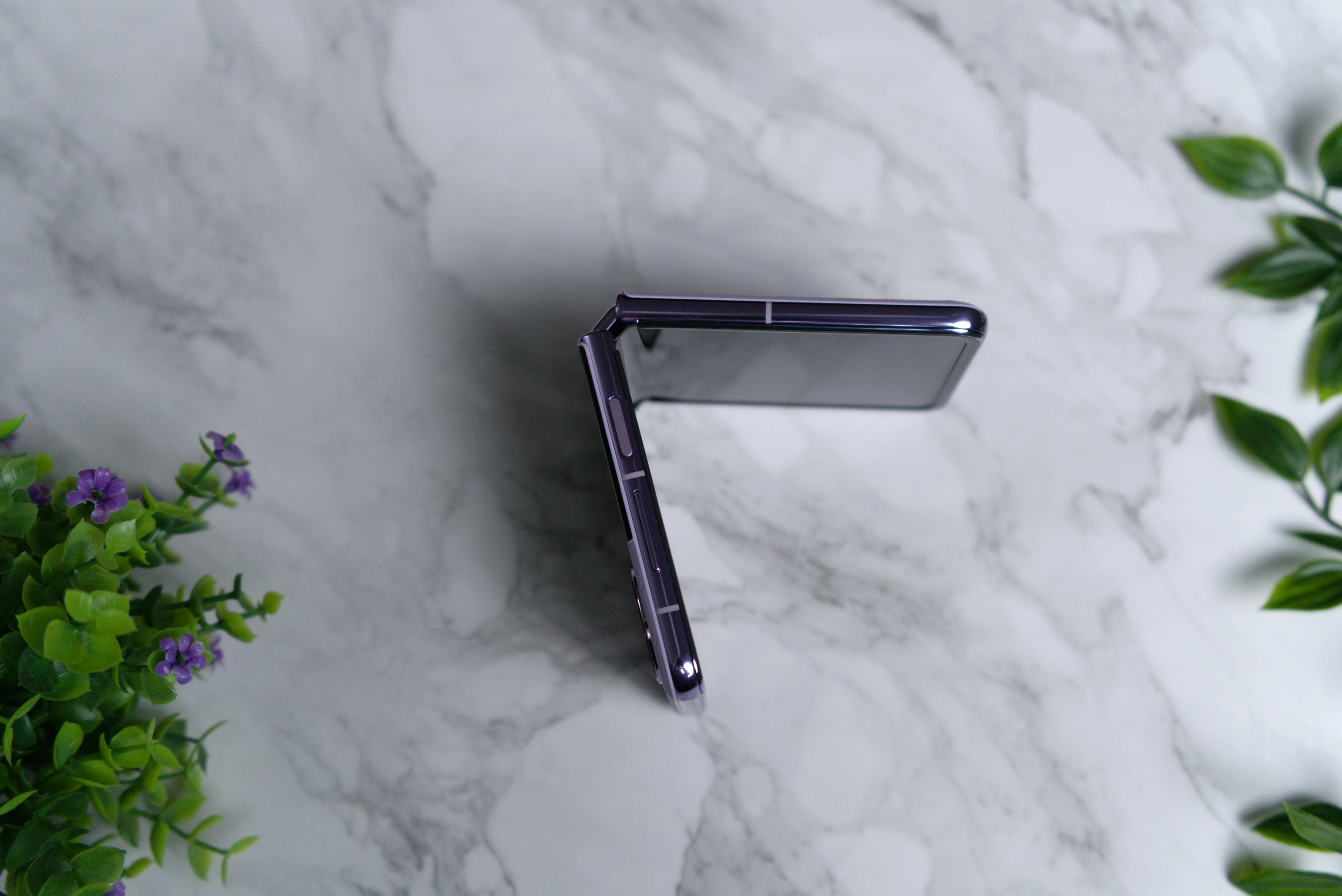
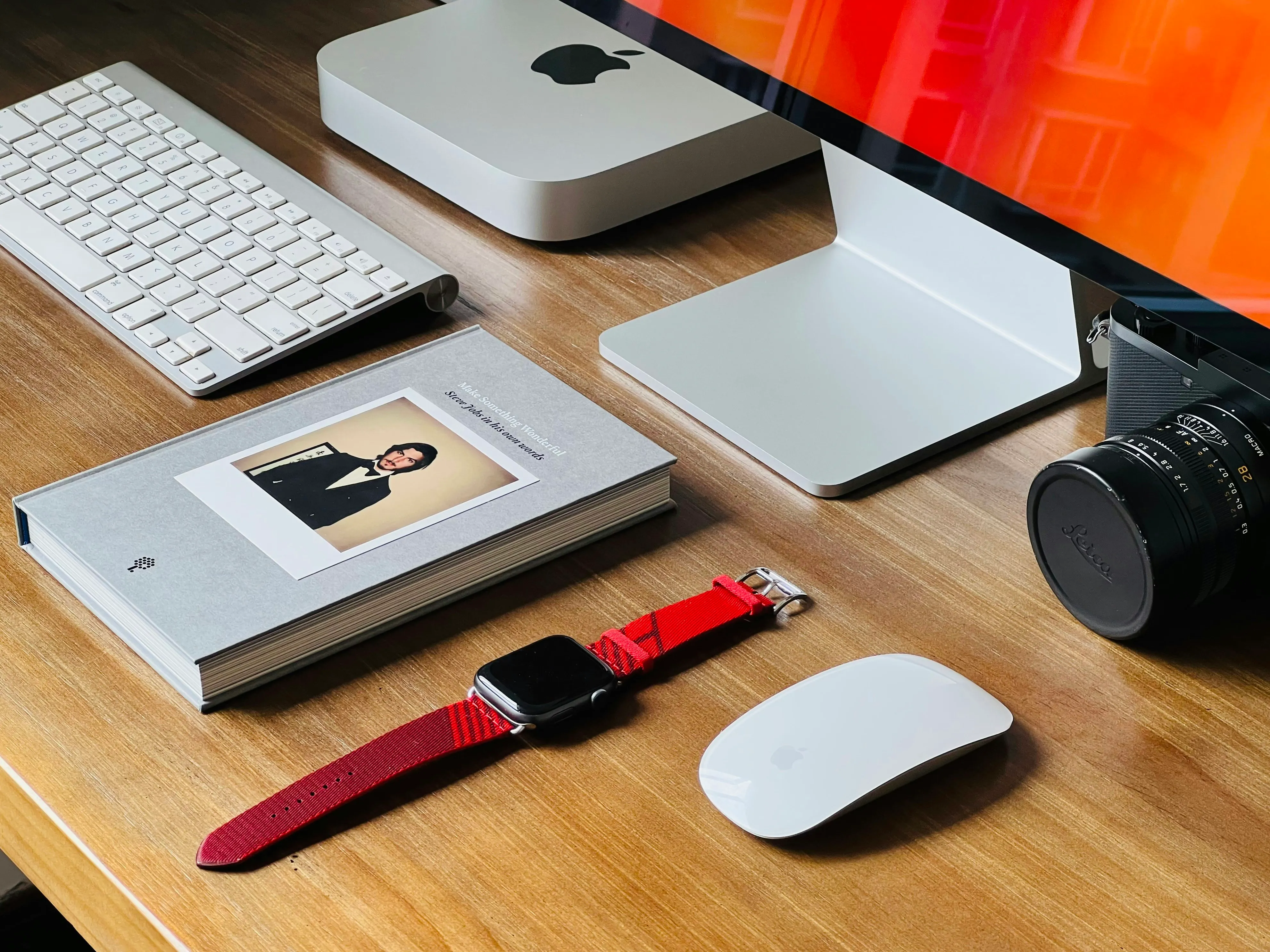
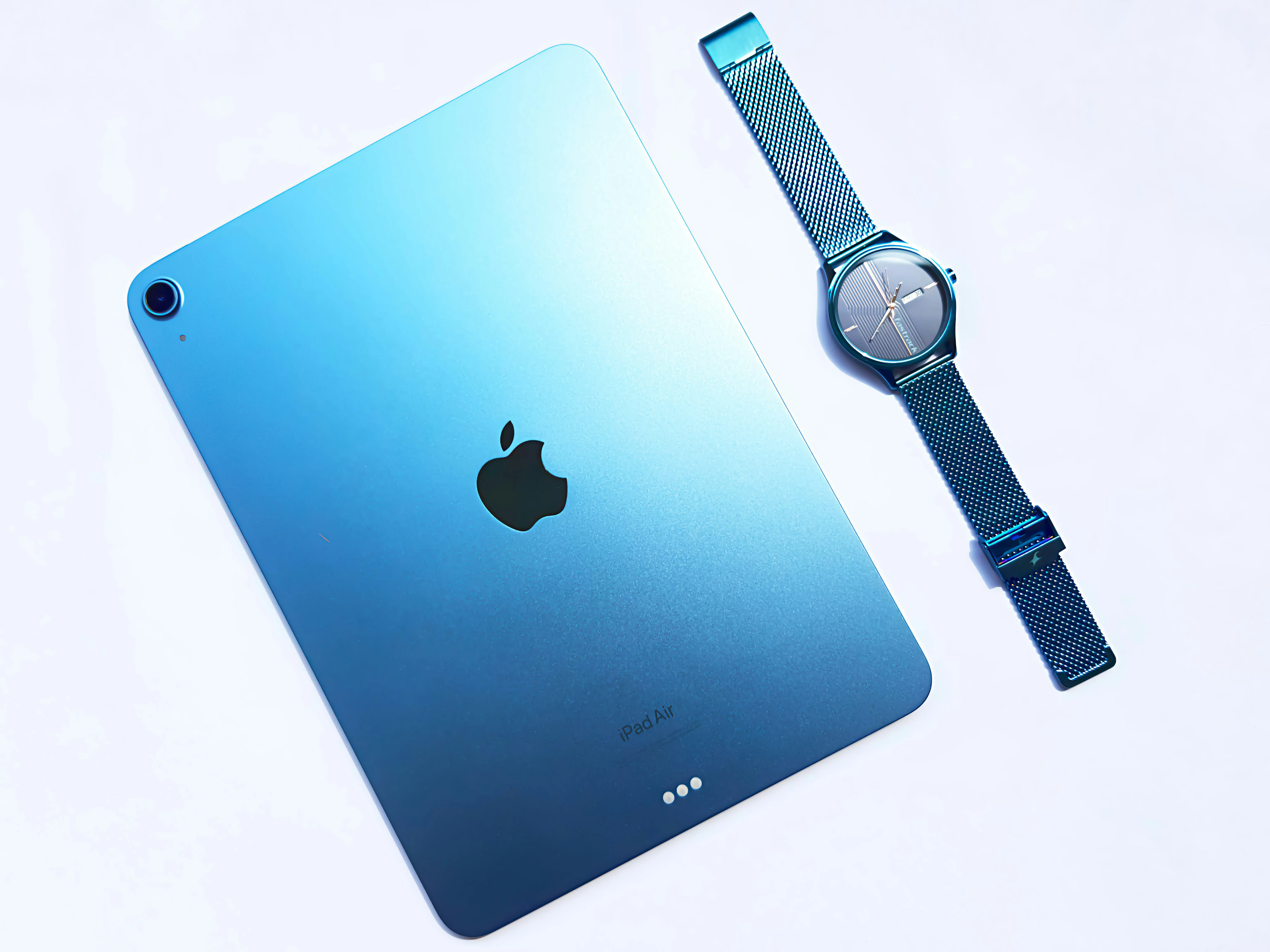
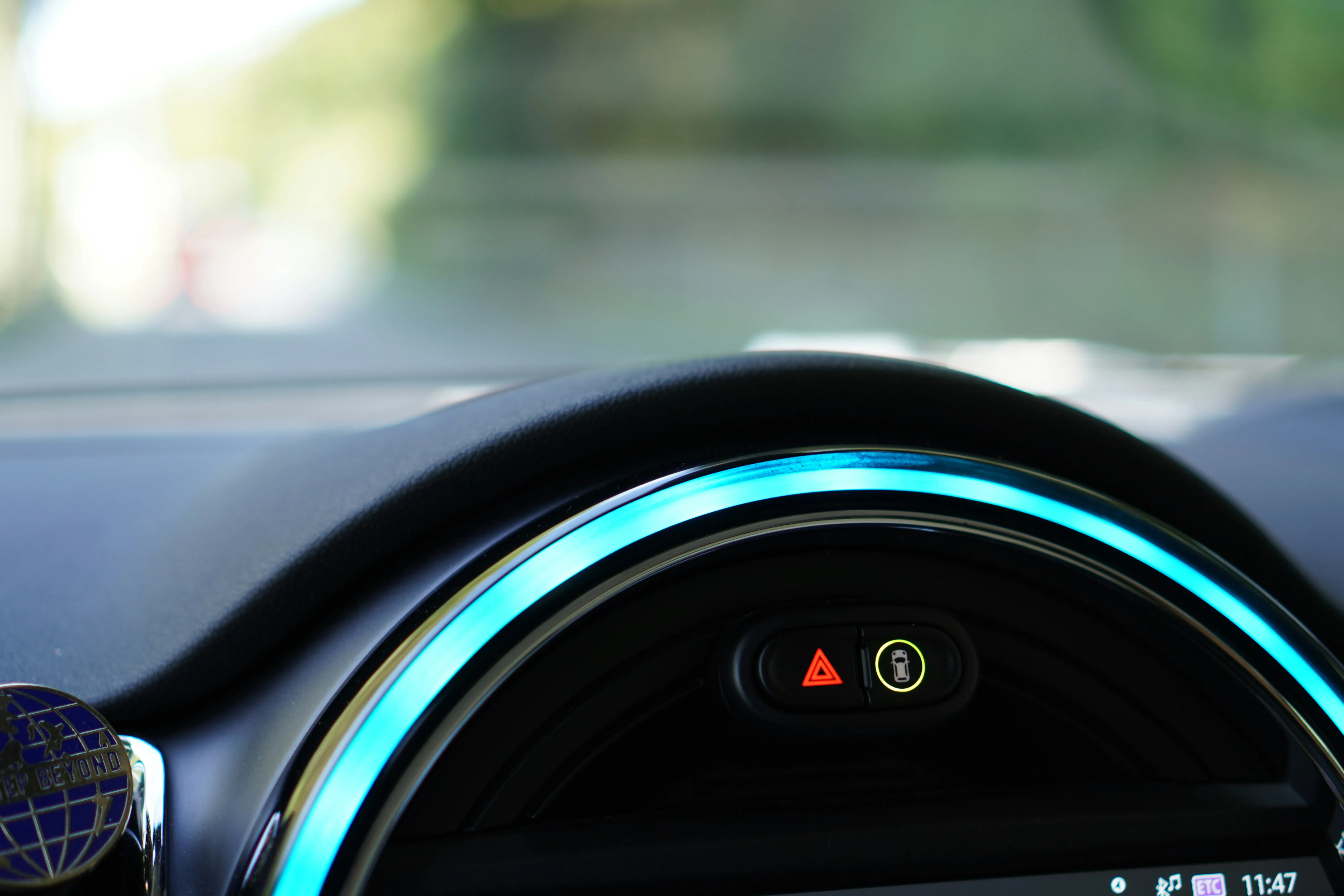

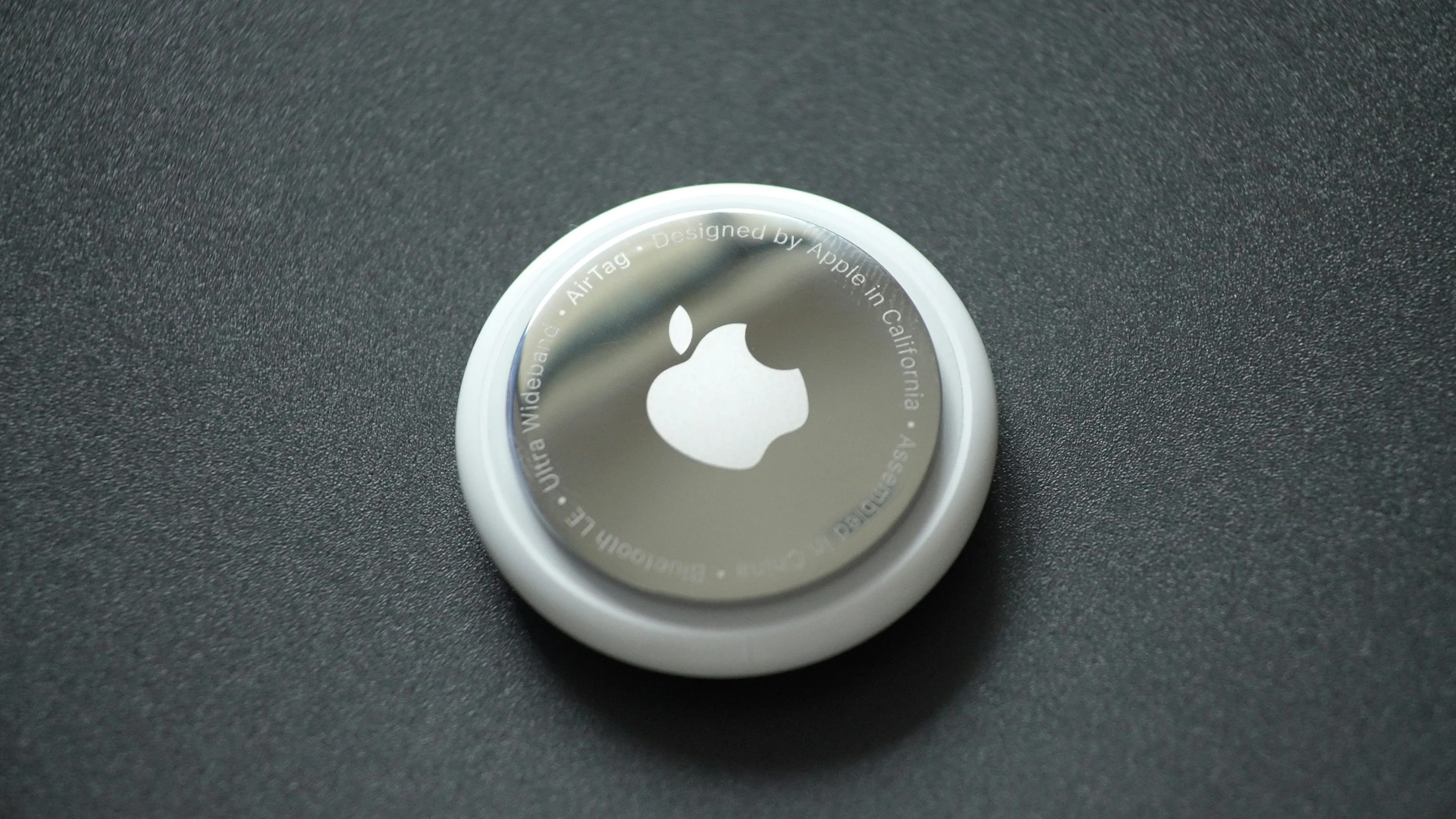
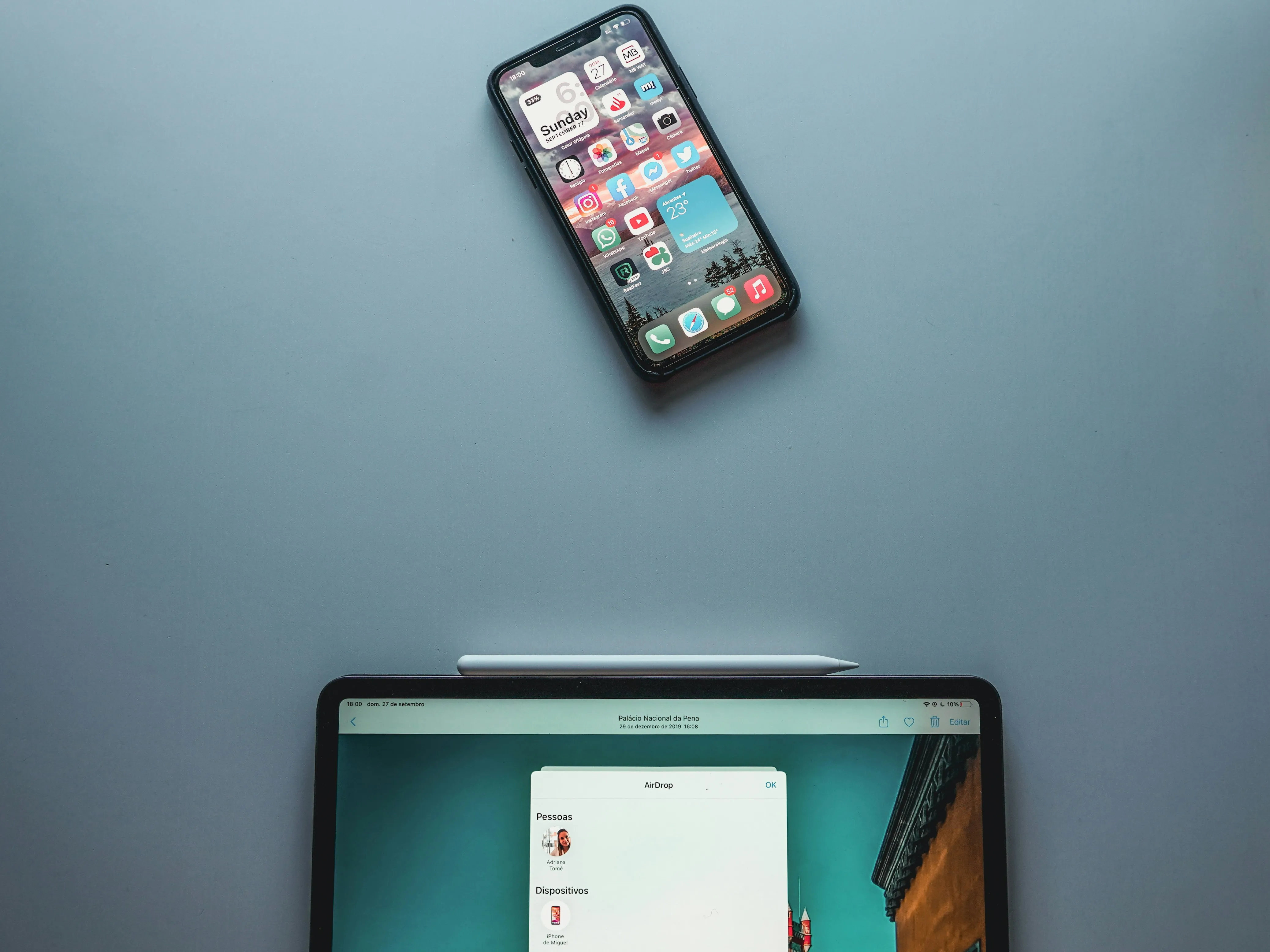

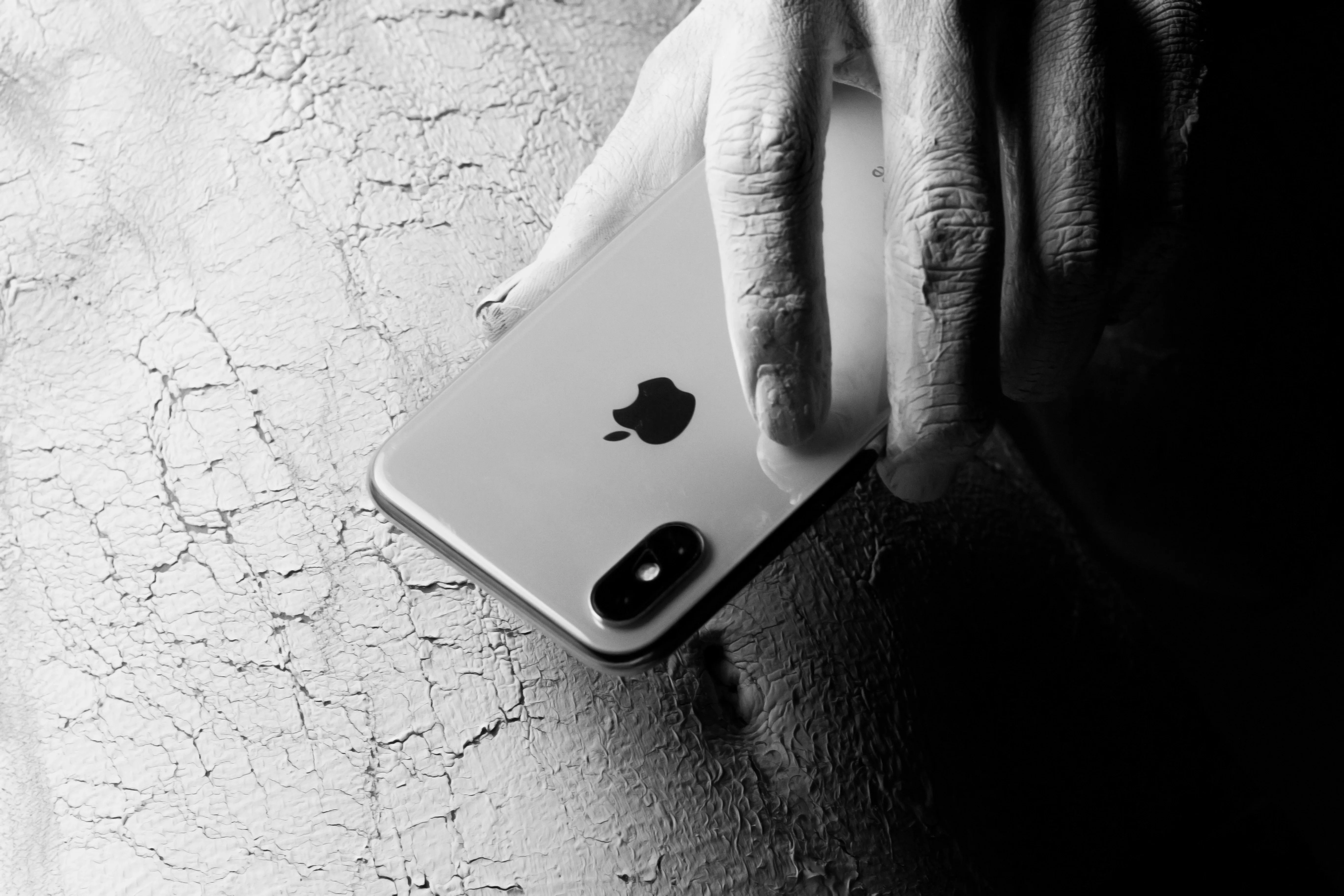
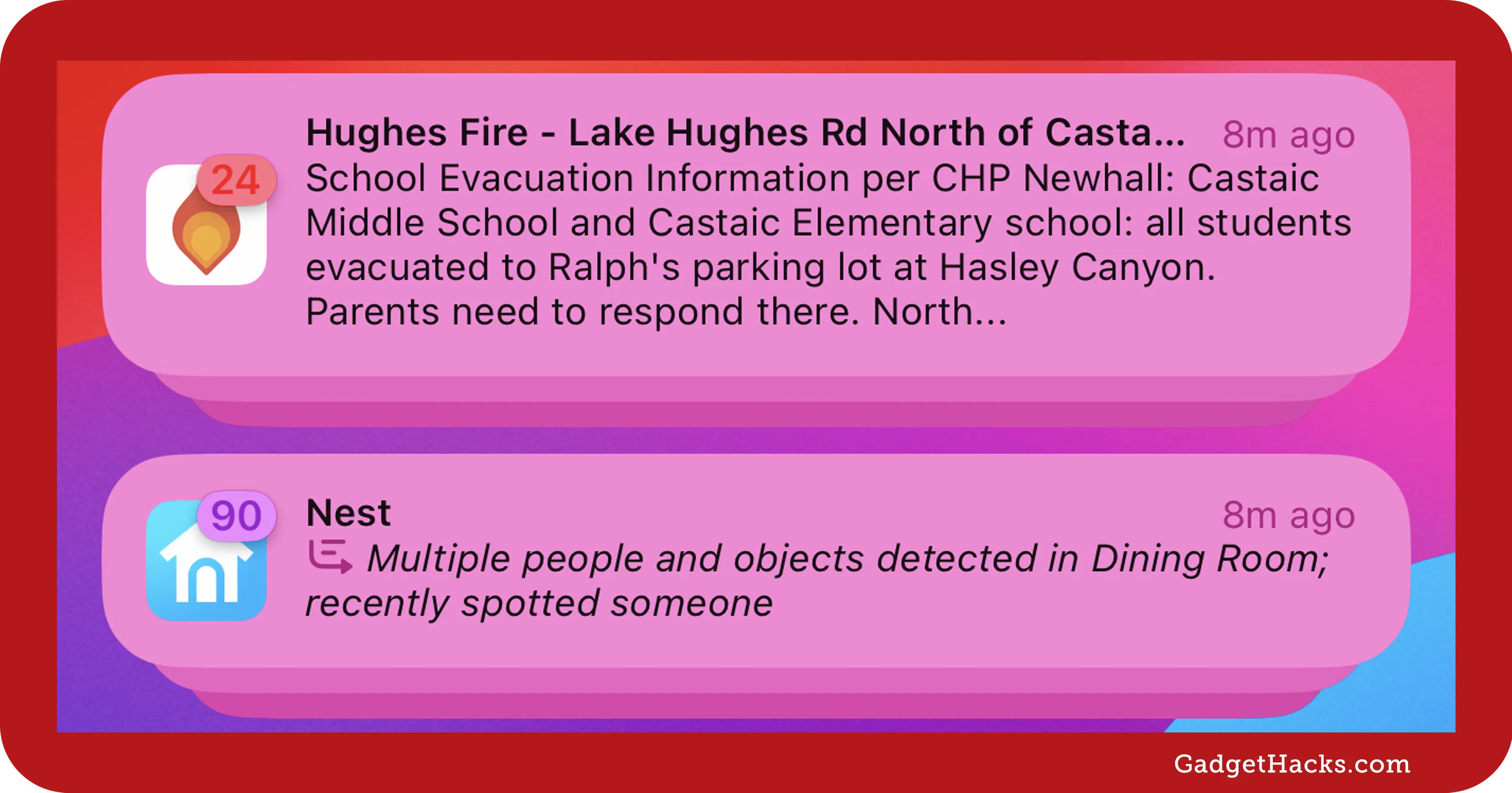
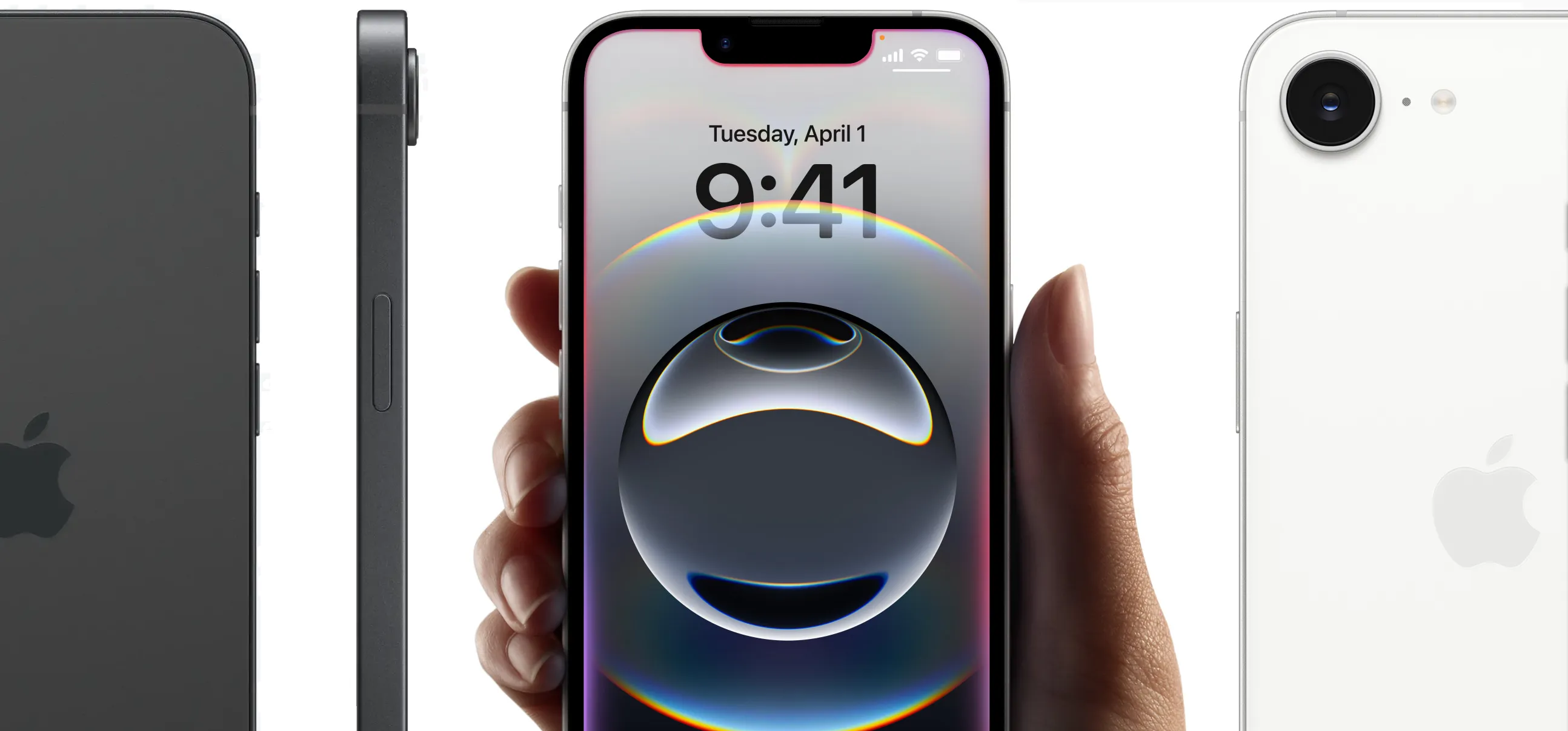
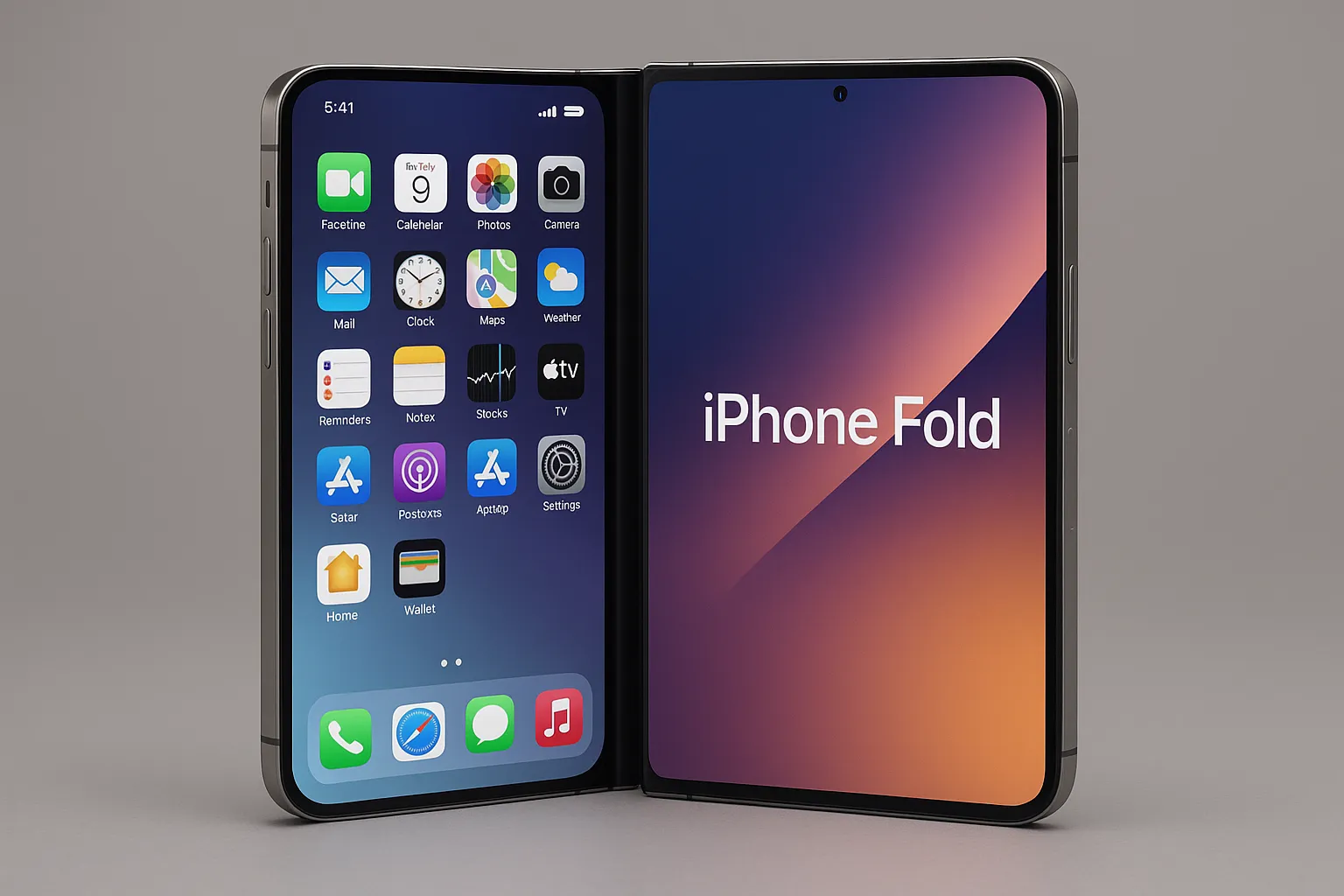
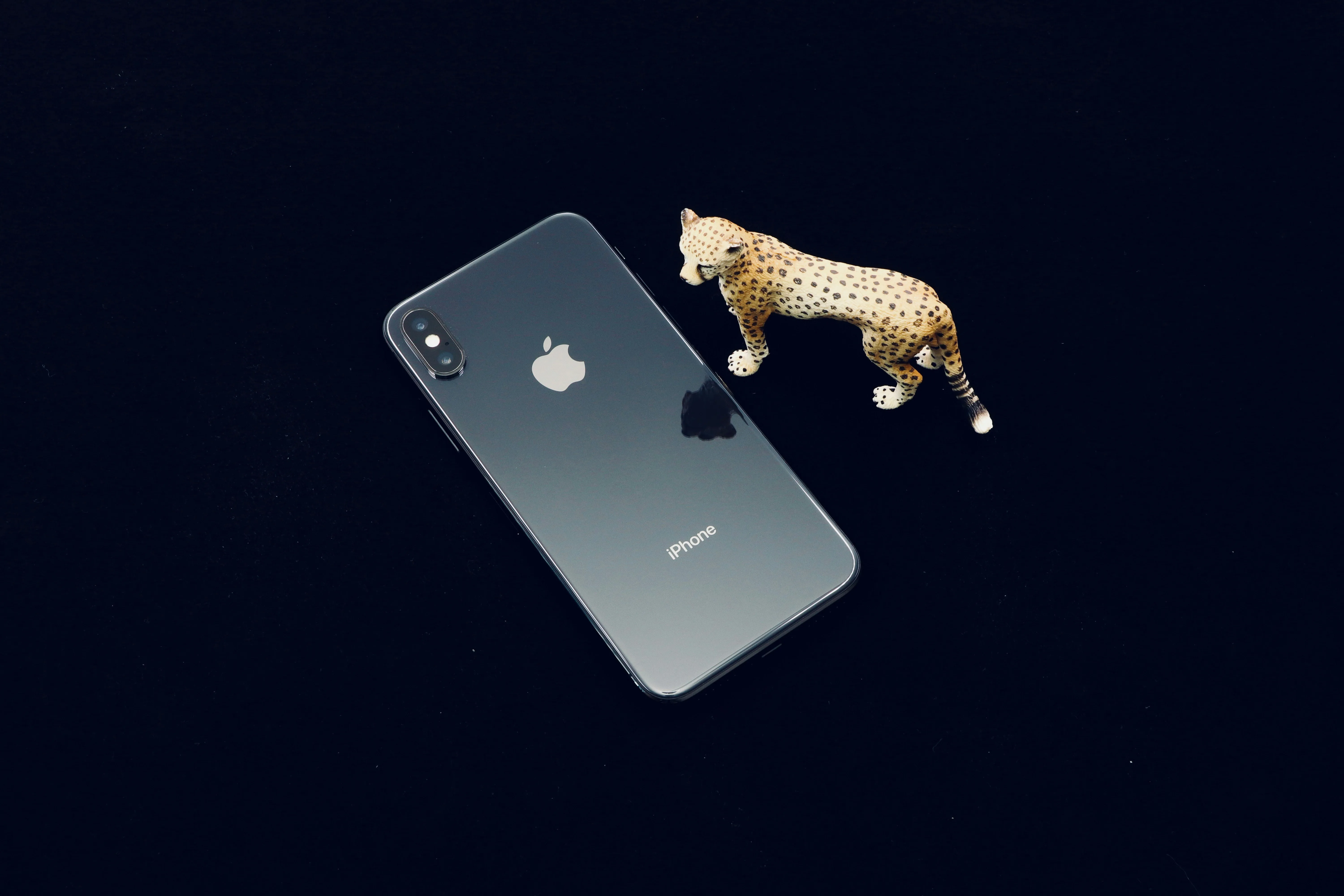

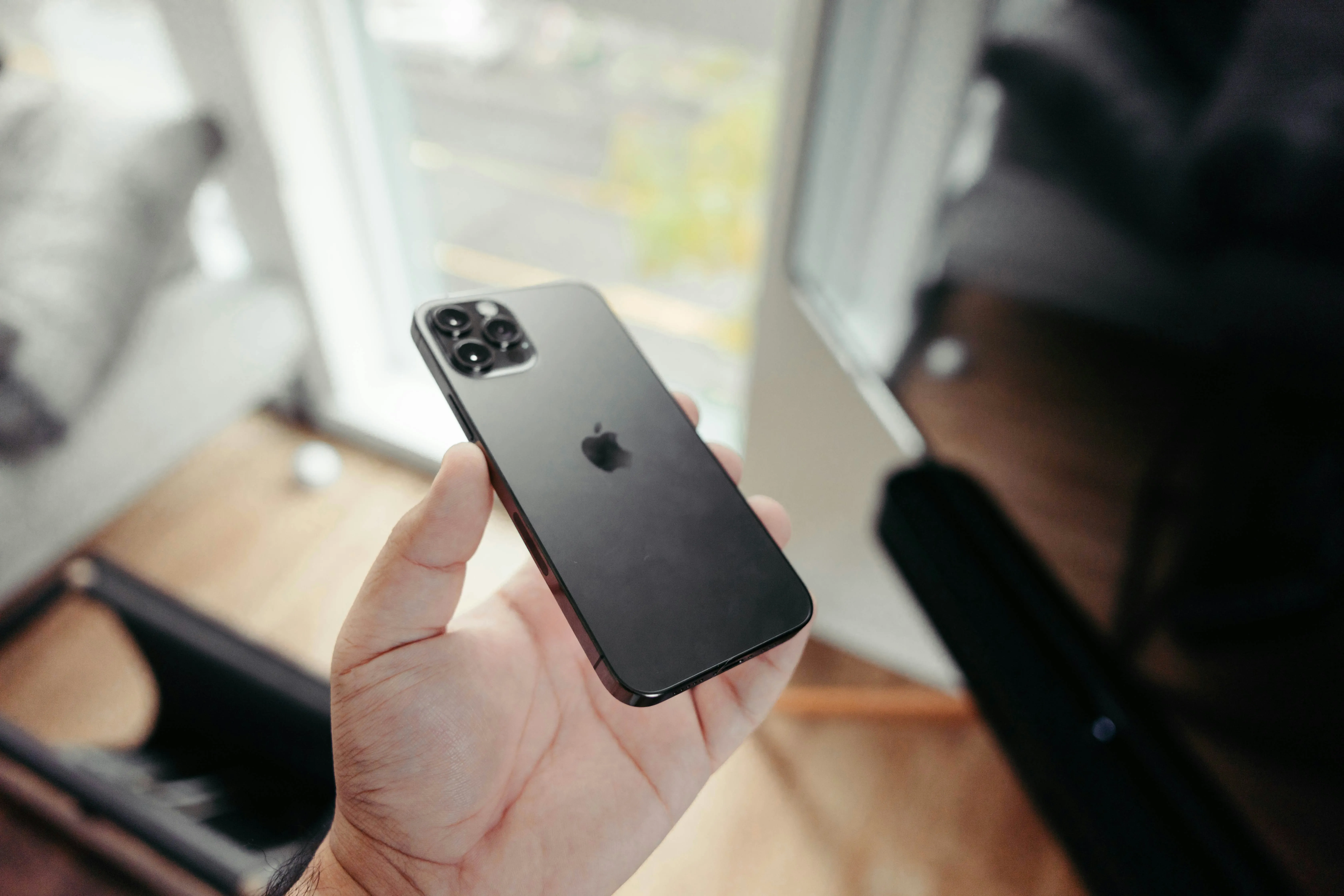




Comments
Be the first, drop a comment!